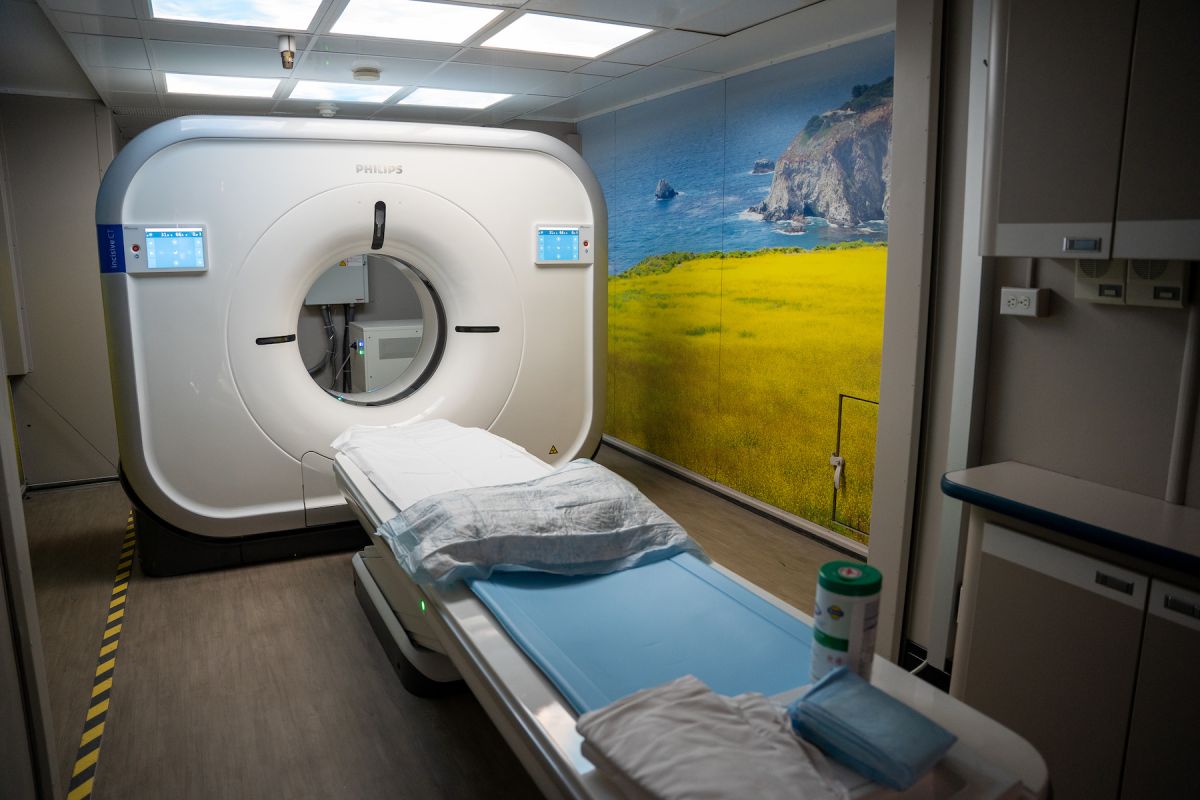Article
Improving access to care, one mobile screening center at a time
Article
What's next after lung cancer screening?
Article
Early lung cancer detection, thanks to EDDY: Barbara’s story
Article
"Cocoon" vulnerable loved ones for happy holidays
Article
What are the warning signs of pancreatic cancer?
Article
How a 10-minute screening may have saved my life
Article
Early signs of stomach cancer
Article
How do I know if I’m at high risk for breast cancer?
Article








